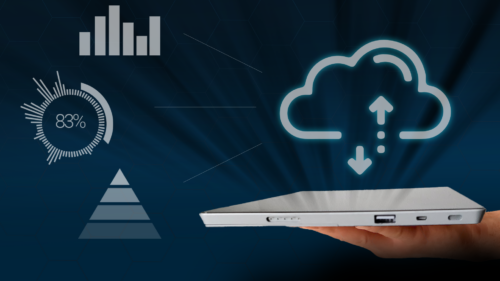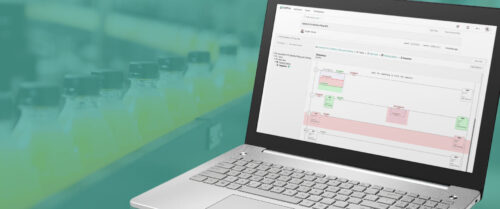NI’s GPIB increases throughput with IEEE 488.1-2003 standard
National Instruments (NI) reports that its General Purpose Interface Bus (GPIB) products fully support the recently upgraded IEEE 488.1-2003 standard, and increase data transfer rates to speeds as high as 8 Mbps, up from 1 Mbps. NI’s GPIB products, including GPIB host controllers, such as the NI PCI-GPIB, and device-side products, such as TNT ASICs, are now compliant with the upgraded standard.
National Instruments (NI) reports that its General Purpose Interface Bus (GPIB) products fully support the recently upgraded IEEE 488.1-2003 standard and increase data transfer rates to speeds as high as 8 Mbps, up from 1 Mbps. NI’s GPIB products, including GPIB host controllers, such as the NI PCI-GPIB, and device-side products, such as TNT ASICs, are now compliant with the upgraded standard.
“This first revision of the IEEE 488 standard since 1987 reflects engineers’ interest in improving the speed of GPIB,” says Tim Dehne, NI’s senior research and development VP. “As a leading manufacturer of GPIB interfaces, we feel it is important to use the latest technology to continue to improve performance without sacrificing compatibility or requiring users rewrite their software.”
Engineers have used GPIB for more than 25 years, and it is built into millions of instruments worldwide. The bus offers communication between controllers (usually a PC) and instruments, such as oscilloscopes, spectrum analyzers or digital multimeters, which are used in research, manufacturing, test and production settings. Using de facto standard NI-488.2 driver software, engineers can now use the same GPIB applications that were written more than 20 years ago.
To take advantage of the higher speed of the standard, the GPIB controller and the instrument must comply with the new standard. NI offers NI GPIB ASICs and NI-Device software to instrument manufacturers so they can easily build compliant instruments.
NI adds that both the recent upgrade of the IEEE 488.1 standard and the large installed base of GPIB-based test systems make GPIB an attractive connectivity option alongside emerging alternatives, such as Ethernet and USB. In addition, with NI industry-standard instrument drivers, application software, such as NI LabView, and multi-I/O driver software, engineers can integrate multiple connectivity options in one test system, and easily migrate applications from GPIB to Ethernet or USB instruments with few or no changes in software.
All of Nl’s GPIB controllers are fully compliant with the new standard, including the NI PCI-GPIB and NI GPIB-ENET/100. NI also offers compliant device-side solutions, including NI-Device software and the TNT4882 and TNT5002 GPIB ASICs.
—Jim Montague, news editor, Control Engineering, jmontague@reedbusiness.com
Do you have experience and expertise with the topics mentioned in this content? You should consider contributing to our CFE Media editorial team and getting the recognition you and your company deserve. Click here to start this process.





